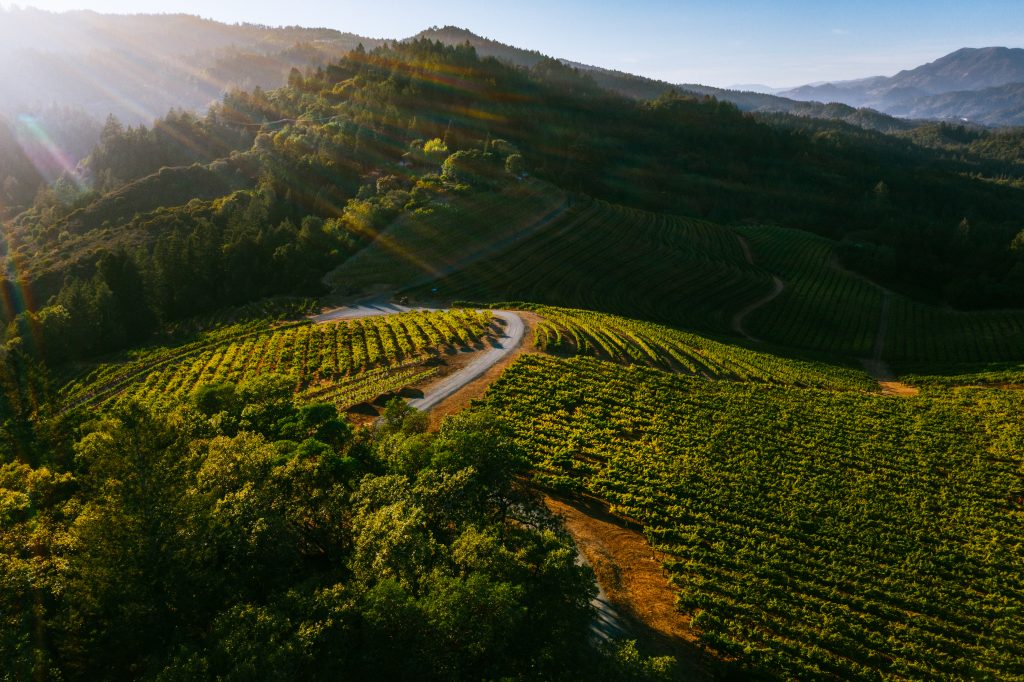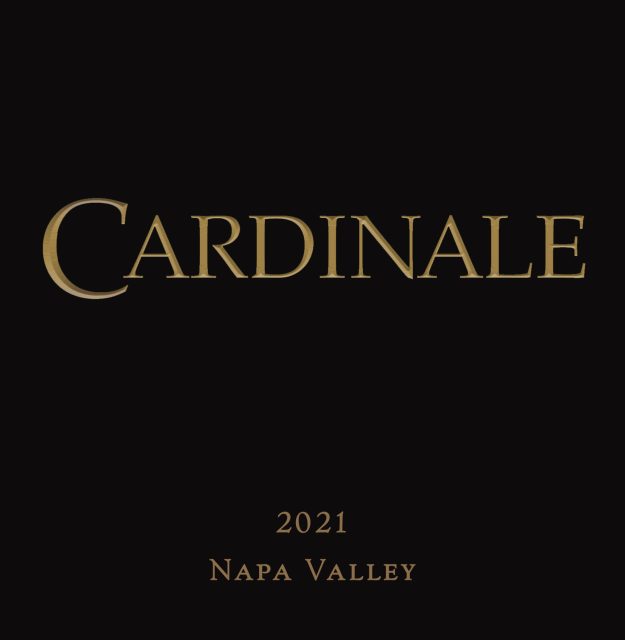This website uses cookies so that we can provide you with the best user experience possible. Cookie information is stored in your browser and performs functions such as recognising you when you return to our website and helping our team to understand which sections of the website you find most interesting and useful.
La Place’s hors Bordeaux: a few additional tasting notes
There are now around 150 different wines released and offered through La Place in its autumn campaign alone. With the wines, in some cases, only being bottled just in time for that release, there are always a handful of wines that escape at least this critic’s capacity to taste everything before the 1 September.

Here are the tasting notes for a number of such wines which I have now had the chance to taste.
USA
Cardinale 2021 (Oakville, Napa Valley; 90% Cabernet Sauvignon; 10% Merlot; sourced from Napa’s mountain vineyards, Mt. Veeder, Spring Mountain, Howell Mountain and Diamond Mountain). Gorgeously classy cedar-inflected aromatics. Plush. Plump. Quite lifted. Gracious. There’s a touch of Napa oak, but it’s very delicate. This is a very finely detailed, layered and incredibly complex wine that really shows off the qualities of the exceptional terroirs from which it is sourced and the skill with which they have been brought together. I love the tight and well-focused core, the fruit tightly wound and interwoven binding it to an ever more pronounced central spine. The intensity of that fruit builds in a startling, striking and unexpected way. Incredibly youthful. It seems accessible from the aromatics and on the attack but this is a silken monster of a wine, deceptively powerful and that will need plenty of patient aging. Magisterial. 100. [available in London for £900 in bond for 3 bottles].
Argentina
La Violeta (Bodega Monteviejo) 2015 (Uco Valley, Mendoza; 100% Malbec; at an altitude of almost 3300 feet on a terroir of alluvial loam with calcareous deposits; micro-vinification in French oak barrels just as at its sister property La Violette in Pomerol; 15.5% alcohol). Cedar. Wild rosemary. Lavender. Peony stamens. Saffron. A subtle touch of vanilla, but not nearly as dominant as it was a few vintages back. Cracked black and pickled cracked green peppercorns – there’s something very ‘au poivre’ sauce about this. Rich. Plump. Full, with impressive amplitude on the attack. But then the hyper-grippy tannins engage, wrestling the fruit back to the spine and ratcheting up the concentration in the process. Almost Napa-esque in its density and form in the mouth but with that gracious beguiling lift from the Malbec wild florality. 96+.
Australia – white
Giaconda Chardonnay 2022 (Beechworth, Victoria; 100% Chardonnay; from a terroir of gravel over clay in the foothills of the Victorian Alps; a total production of just 1000 cases; aged for 12 months in oak barrels, 30% of which were new). Wow. This reminds me so much of my first encounter with this wine this time last year. It has great singularity. It’s also supremely well-named, being likely to bring a (suitably enigmatic) smile to the face of even the most tight-lipped of wine-lovers this year, as last. Salted peanuts. Freshly cut grass. Hay. An explosive combination of cordite and that distinctly flinty minerality that I recall so well – think of striking a spark from flint on the beach, with just a hint of sea spray and iodine in the background. Beaswax too. On the palate, I find this a little sweeter in its fruit profile that the 2020, with a touch of exoticism to temper the biting crunch of the apple and the freshness of the yuzu and assorted citrus notes. Maybe a little blood orange too. Peach and a trace of rose water. And hazelnut too. Fabulously complex and a wine that, however gorgeous it is in its infancy, deserves as it will reward patience. 98.

Germany – white
Weingut Gunther Steinmetz Wintricher Geierslay Kabinett 2023 (Mosel; 100% Riesling; 7.5% alcohol). Very much a rising star of the Mosel. A new Markus Molitor? A brilliant and highly distinctive wine, and simply incredible value for money when you consider that this is one of the cheapest wines offered on la place this year. Very clean. Fascinating. Ultra-fresh, ultra-pure and captivatingly complex on the nose – with whetstone, lime, greengage, green tea and fennel seed all immediately vying for attention. Lovely texturally and surprising in both its richness (which you don’t quite expect from the aromatics) and the residual sugar (ditto). Great tension – not least between the vertical lift provided by the searing fresh acidity and the horizontal refocussing on the palate that comes with the richness, reinforced by the touch of sucrosity. The salinity brings additional seasoning. Apricot and apricot skin, quince, lime and that subtle green tea note again. Lovely acidity and lift. Lemon sorbet, too, and hint of fleur d’oranger as the freshness re-establishes itself on the finish. A Kracher of a wine (the first time you taste it, it’s a revelation). 96.
Weingut Gunther Steinmetz Piesporter Treppchen Grosses Gewächs 2023 (Mosel; 100% Riesling; 12.5% alcohol). From an incredibly steep sloping terraced vineyard of old vines (now 90 years in age) on a silvery grey slate soil. Creamier and richer at first than the Wintricher Geierslay Kabinett but that make the tension even more remarkable. Apples and crab apples, quince and pear, with the same crystalline purity; flint and a hint of lemon balm, fennel fronds, but also a fascinating note of salted butter melting on popcorn. Rhubarb! Hyper-mineral. Hyper-pure and incredibly zesty on the palate. Crushed slate. Very fresh, almost strict but with incredible purity and pixilation, with the acidity playing a role equivalent to the tannins in a crumbly-textured limestone-terroir young St Emilion for instance. Like the Kabinett, very long on the finish. Fabulous in its potential but needing plenty of patience. 97.
Related news
Glenfiddich becomes official partner of Aston Martin F1 team
Spain 'needs to learn how to market our fine wines', producer claims
Bourgogne wine see global growth despite difficult market conditions

